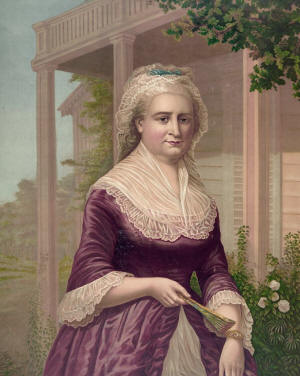 Shortly after Ronald Reagan became Governor of California in 1967, he began eating pectin jelly beans to help him quit smoking. When a new brand of jelly beans, called Jelly Belly beans, appeared on the market in 1976, Reagan switched to them and would often share them with his staff and visiting officials.
Shortly after Ronald Reagan became Governor of California in 1967, he began eating pectin jelly beans to help him quit smoking. When a new brand of jelly beans, called Jelly Belly beans, appeared on the market in 1976, Reagan switched to them and would often share them with his staff and visiting officials. Reagan enjoyed these sweet little treats so much that he sent a letter to the chief executive of the company that produced them, stating, "we can hardly start a meeting or make a decision without passing around the jar of jelly beans." Even after he became president, Reagan's fondness for Jelly Bellies didn't diminish, and large colorful jars of them were often prominently displayed on his desk in the Oval Office, in the Cabinet Room, and even on Air Force One.
When Jelly Bellies first appeared on the market, there were only eight flavors: Very Cherry, Lemon, Cream Soda, Tangerine, Green Apple, Root Beer, Grape, and Licorice, which was reportedly President Reagan's favorite.
Today, there are more than 50 official and creatively-named flavors to choose from, including Bubble Gum, Buttered Popcorn, Cappuccino, Caramel Corn, Chili Mango, Chocolate Pudding, Cotton Candy, Green Apple, Kiwi, Juicy Pear, Lemon Drop, Margarita, Orange Sherbet, Piña Colada, Pomegranate, Raspberry, Sizzling Cinnamon, Strawberry Cheesecake, Toasted Marshmallow, Top Banana, Tutti-Fruitti, Very Cherry, Wild Blackberry, and Watermelon.
Of course, jelly beans taste great alone, but they can also be used in cookies, cakes, and in this official recipe for Jelly Belly Pudding Parfait:
1 5.1 ounce package vanilla instant pudding mix
1 3.4 ounce package butterscotch flavor instant pudding mix
5 cups milk
2 ounces Jelly Bellies (your choice)
8 fan wafer cookies
Directions: Select serving of parfait glasses that hold 3/4 to 1 cup capacity. In two separate bowls, prepare pudding mixes according to package directions. Fill glasses with alternating layers of vanilla and butterscotch pudding. Chill 5-10 minutes. Garnish parfaits with Jelly Belly beans on top and a fan wafer if desired.
FOOD FACT: In 1981, three-and-a-half tons of Jelly Belly beans were shipped to Washington, D.C. for Ronald Reagan’s inauguration. Blueberry, one of the most popular flavors today, was developed so there would be patriotic red, white and blue jelly beans at the festivities - and a jelly bean mural of Reagan was even made with these delicious sweet little treats!
FOOD FACT: In addition to the 50 official flavors, the Jelly Belly Company frequently produces "rookie" flavors that are added to the roster if they become popular enough. Some of the more curious flavors that have since been withdrawn from the market include Baked Bean, Bloody Mary, Buttered Toast, and...Roasted Garlic!













